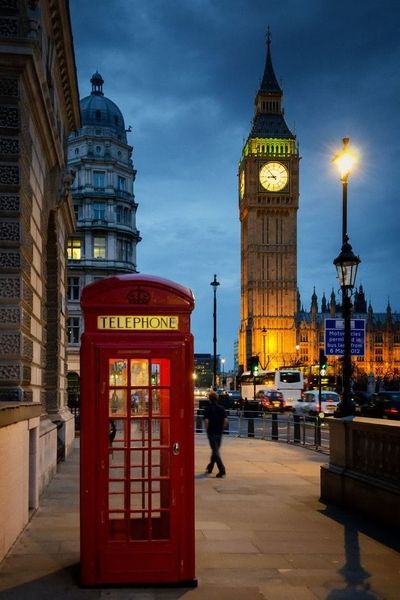Blog
American English vs. British English: Exploring the Language Divide
Language is a dynamic and ever-evolving entity, shaped by historical, cultural, and geographical factors. English, one of the most widely spoken languages in the world, exhibits remarkable diversity, primarily through two major variations: American English and British English. In this blog, we will explore the fascinating differences and similarities between these two forms of English.
Historical Origins
American and British English share a common ancestor, but they have developed independently over the centuries. British English was brought to America by English settlers in the early 17th century. As the colonies developed, English in the New World began to evolve, influenced by various languages, including indigenous languages, Spanish, Dutch, and French. This led to the emergence of distinct American vocabulary and pronunciation.
Vocabulary
One of the most noticeable differences between American and British English is vocabulary. While the core vocabulary remains largely the same, there are numerous words and phrases that differ. For example, Americans say “elevator,” whereas the British use “lift.” Americans refer to the trunk of a car, while the British say “boot.” Here are a few more examples:
American: Apartment
British: Flat
American: Diaper
British: Nappy
American: Truck
British: Lorry
American: Faucet
British: Tap
American: Soccer
British: Football
Spelling
Another significant distinction lies in spelling. British English often maintains traditional spellings that harken back to the language’s historical roots. For instance:
American: Color
British: Colour
American: Center
British: Centre
American: Theater
British: Theatre
American: Defense
British: Defence
American: Traveling
British: Travelling
Pronunciation
Pronunciation differences also set these two variants apart. For example, the British tend to pronounce the “r” sound in words like “car” more clearly, while Americans may pronounce it less prominently or omit it entirely in some accents. There are also distinctions in vowel sounds, with some words sounding different between the two.
Grammar
In terms of grammar, there are more similarities than differences. Both forms of English use the same basic rules of sentence structure. However, there are variations in the use of certain verb tenses and prepositions, though these distinctions are generally subtle and don’t hinder mutual understanding.
Cultural and Regional Variations
Both American and British English have regional variations, making the language even more diverse. In the United States, different regions have their unique accents and idioms, such as Southern American English or New England English. Similarly, within the United Kingdom, there are variations like Scottish English, Welsh English, and Northern Irish English.
Conclusion
American and British English are like two branches of the same linguistic tree, each shaped by its unique history and surroundings. These variations add richness and diversity to the English language, making it a fascinating subject of study for linguists and language enthusiasts. While there are differences in vocabulary, spelling, and pronunciation, the core structure of both forms of English remains remarkably similar, facilitating clear communication across the Atlantic. So whether you’re sipping tea in London or enjoying a coffee in New York, you’re sure to appreciate the beauty of English, whichever variation you encounter.



